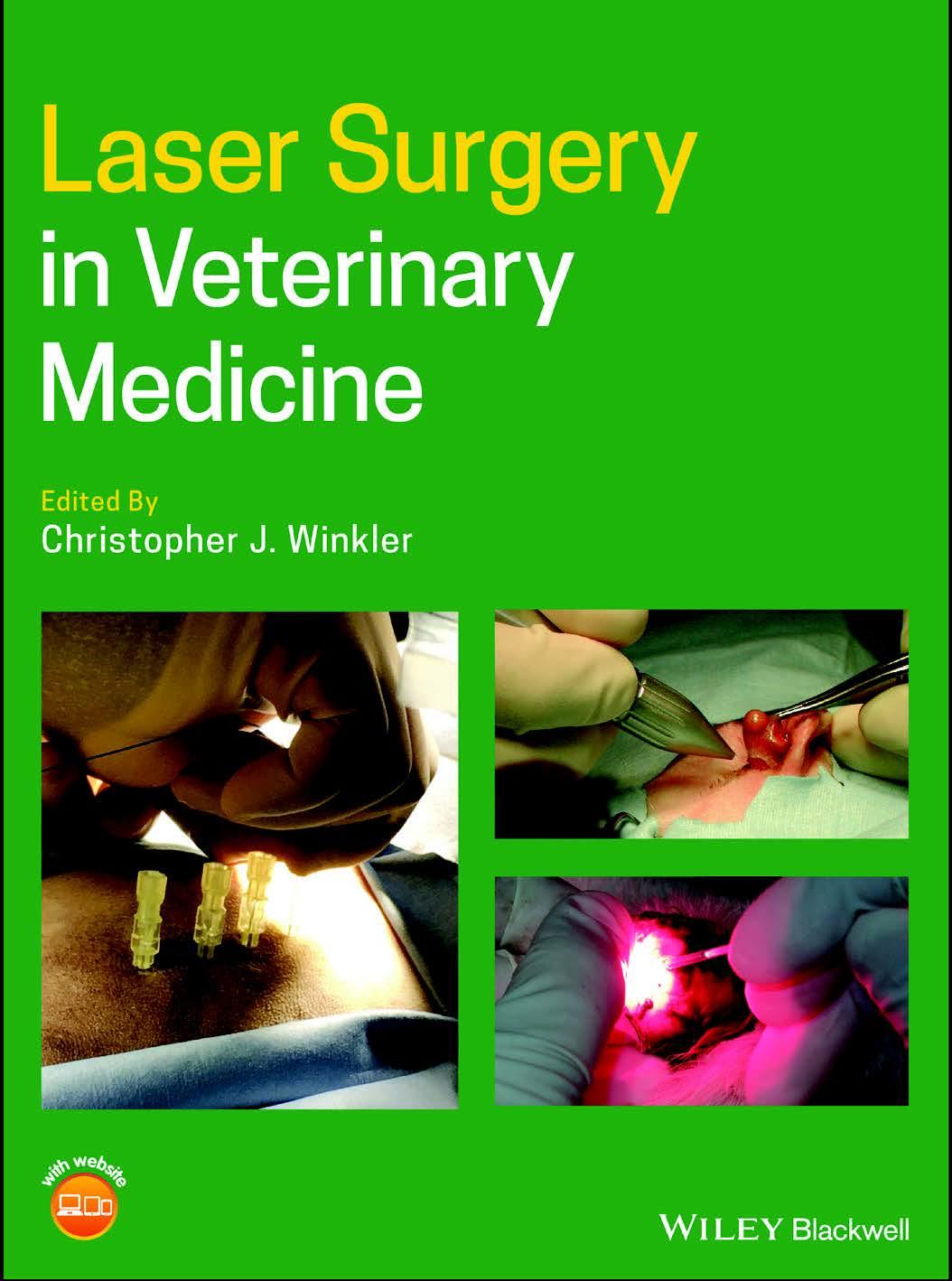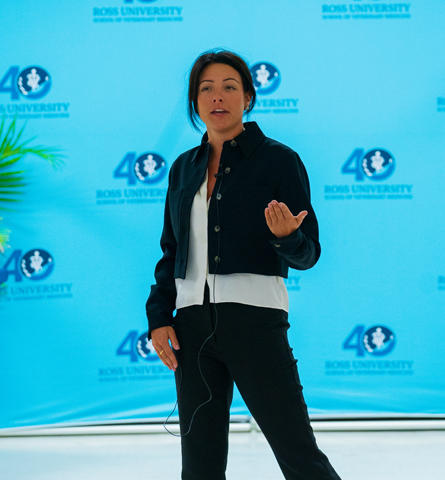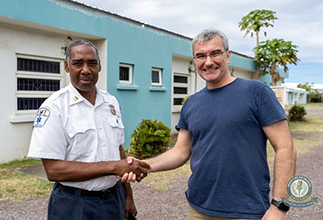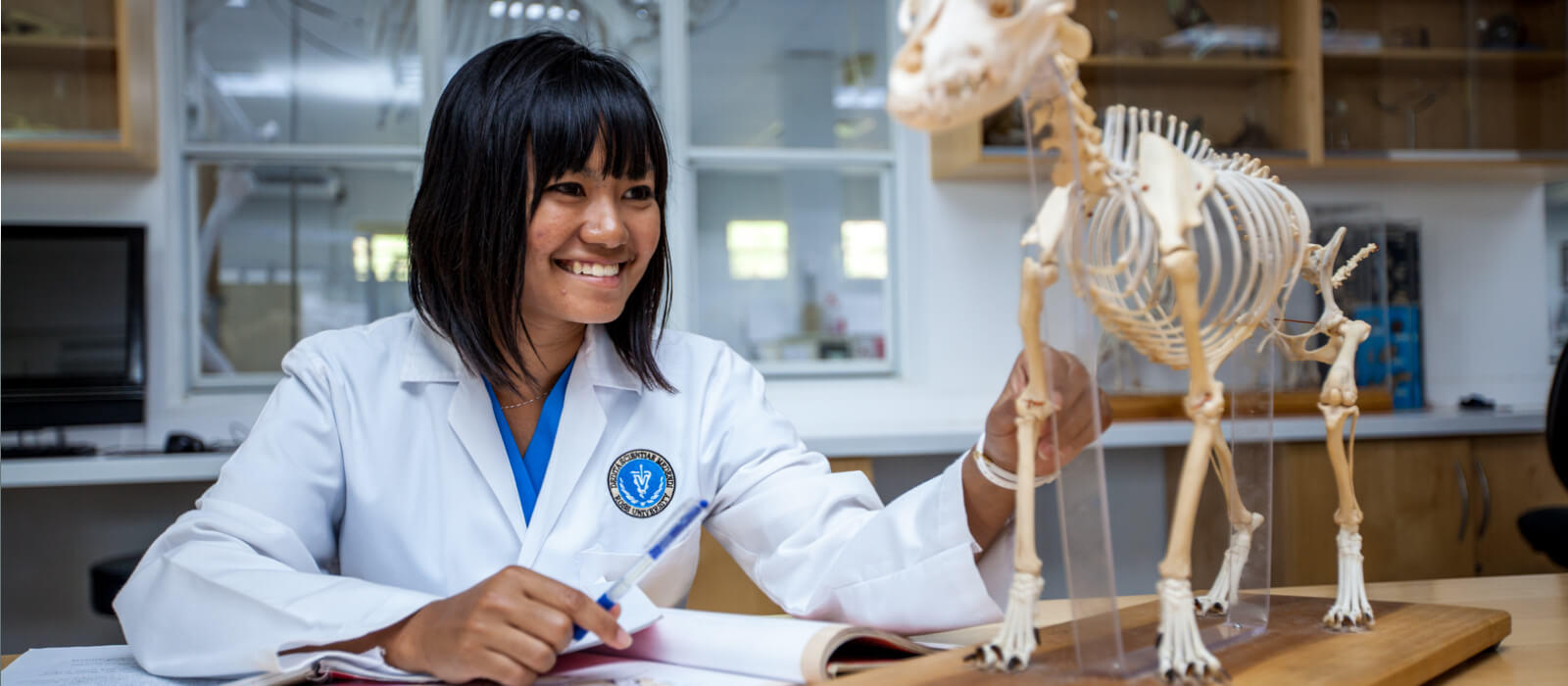It has more than 20 authors from a variety of backgrounds. It features a variety of lasers. It covers a vast array of surgical procedures.
Basically, “Laser Surgery in Veterinary Medicine” is one of, if not the most comprehensive book on the topic.
And it all came about thanks to 2001 alum Christopher J. Winkler, DVM, DABLS, VMLSO.
“I wanted the book to be a collaborative effort between [myself and the other veterinarian authors] to share together,” said Winkler. “I also wanted it to address questions most encountered at conventions and conferences, while also providing the tools for practitioners to adapt the use of their surgical lasers to a given patient's case.”
Laser surgery is an ever-growing field, yet it’s still new to some, just as it was to Winkler back in 2010. With the recession hitting hard, he and his wife, Nicole, were seeking additional services to offer at their practice, Suffolk Veterinary Group.
“A representative of a carbon dioxide (CO2) laser surgery company stopped by and showed me the potential of laser surgery, particularly the benefits to patients, which include less bleeding, less pain and swelling, reduced anesthesia times and faster recovery,” said Winkler. “I became fascinated by the science of laser physics and laser-tissue interaction, and its application in medicine and surgery.”
From there he began attending lectures and taking courses, including twice taking a course offered by Dr. John C. Godbold, Jr. Winkler didn’t know it then, but nearly a decade later, his professor would be referring his publisher to him to work on a companion piece on laser surgery to Dr. Godbold’s recently published "Laser Therapy in Veterinary Medicine: Photobiomodulation" (Wiley-Blackwell, 2017).
While Winkler was thrilled at the opportunity, he realized that while he’d learned a lot, there were still many veterinarians who had been using laser surgery far longer, with different equipment and methods on different species. With that, a solo project quickly began a large-scale collaborative effort over the course of nine months.
The end result is a book Winkler considers “a reference to anyone using or wishing to know more about surgical lasers in veterinary medicine, including veterinary practitioners, specialists, and students.”
“Creating this text and working with such talented veterinarians has been an amazing experience,” said Winkler. “There is still more material I would be thrilled to see added by other practitioners of veterinary laser surgery, and I hope the publishers will consider a second, expanded edition someday.”







